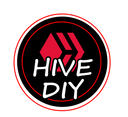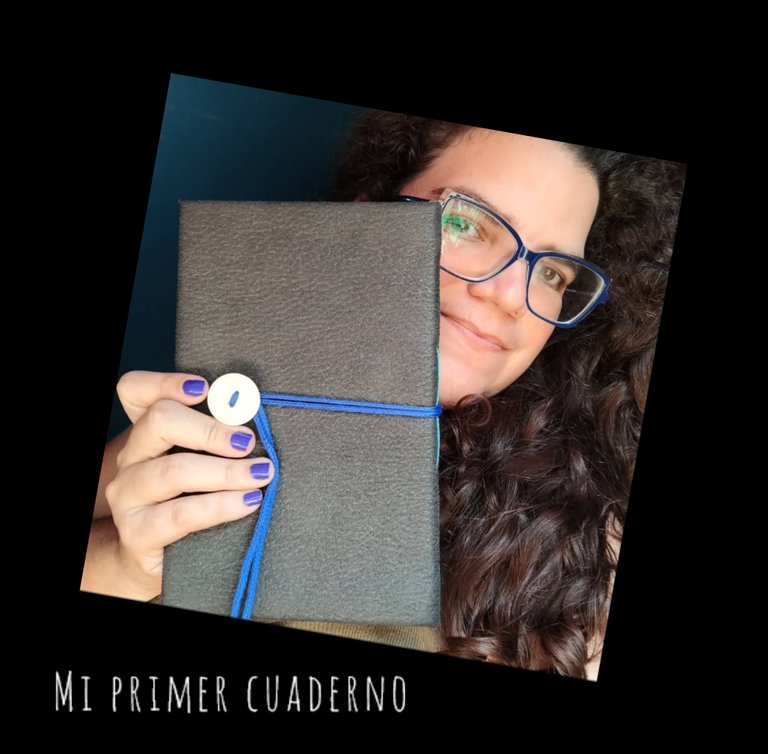
Una de las primeras clases en el taller de exploración literaria Flora Cumanensis nos dijeron que íbamos a necesitar un cuaderno de campo, aunque después de discutirlo llegamos a la conclusión de que sería más bien algo más informal que un cuaderno de campo, pero que nos serviría para registrar la experiencia. De cualquier forma, para conectarnos más con esta novedosa exploración se propuso que cada quien elaborara su cuaderno.
Después de unas nociones básicas y bajo la tutoría de dos emprendedoras maravillosas con experiencia en encuadernación (y en otras muchísimas cosas), cada quien se hizo su cuaderno lo mejor que pudo.
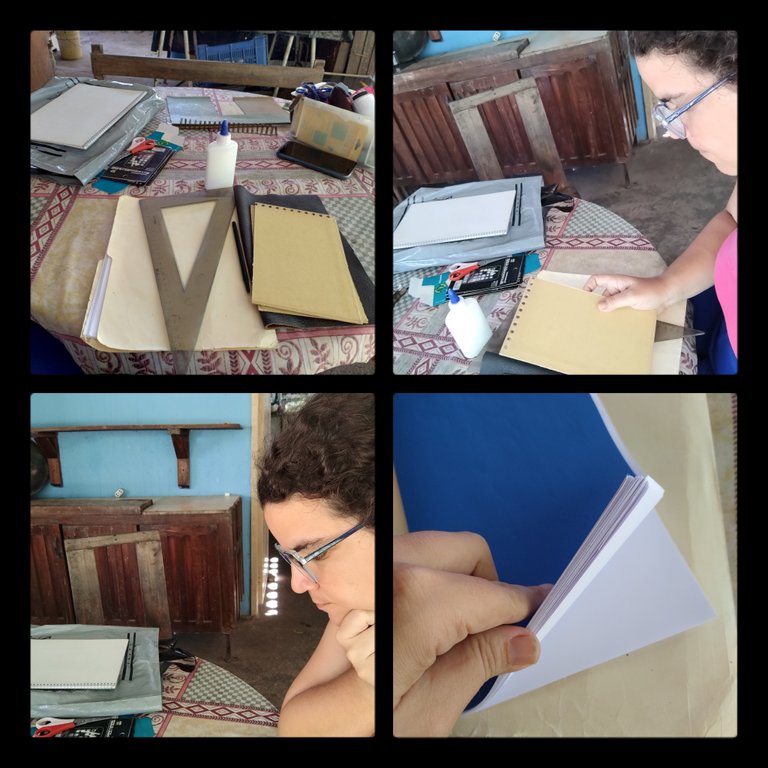
Como pueden ver en las fotos, yo me llevé la tarea para el hogar, pero intentando seguir todas las recomendaciones.
¿Los materiales? Lo que tuviéramos disponible, pues la idea era que cada cuaderno fuera una obra única y creativa.
Para las portadas se usaron cartones, cartulinas, papel de reciclaje. La idea era forrar después con alguna tela.
En mi caso la portada la hice reciclando una portada de un cartón muy fuerte, de un cuaderno que tenía mi papá al que ya no le quedaban hojas. Para forrarlo me regalaron un trozo de semicuero que me encantó.

Las hojas de mi cuaderno las hice plegando a la mitad hojas nuevas de papel bond tamaño carta. La hoja azul que ven en las fotos, las encontré en una carpeta en la que teníamos viejas etiquetas de nuestro emprendimiento de jabones. Nuestras primeras etiquetas las imprimíamos en ese bonito azul.
Robé un poco del hilo del crochet de mi mamá para coser el cuadernillo, pero es que era del azul perfecto.

Uní todas las piezas usando pegamento de secado rápido, el que acá en mi ciudad conocen como "pega loca", porque la cola blanca que tenía no estaba funcionando muy bien. También pude haber usado otros tipos de pegamento, pero ese ya lo tenía en casa.
Cosí el cuadernillo directamente al semicuero porque el material era lo suficientemente resistente; de lo contrario habría tenido que pegarlo y en ese caso quizá hubiera sido mejor otro tipo de encuadernado.
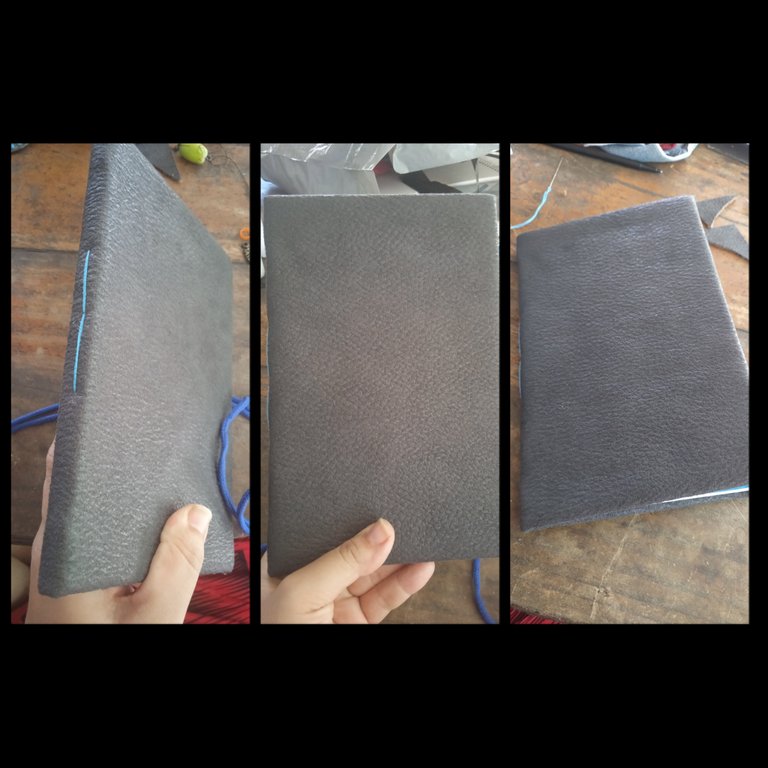
Al ser una exploración literaria, pero también botánica, cabía la posibilidad de que en el cuaderno guardáramos algunas muestras de plantas, por lo que se planteó que los cuadernos debían tener un cordón que nos permitiera cerrarlos de forma apretada y segura.
Una trenza que estaba en casa y un botón que tiene más años que yo, fueron la combinación perfecta. Y cuando digo que tiene más años que yo no exagero, pues lo encontré en una caja de costura que perteneció a mi abuela.
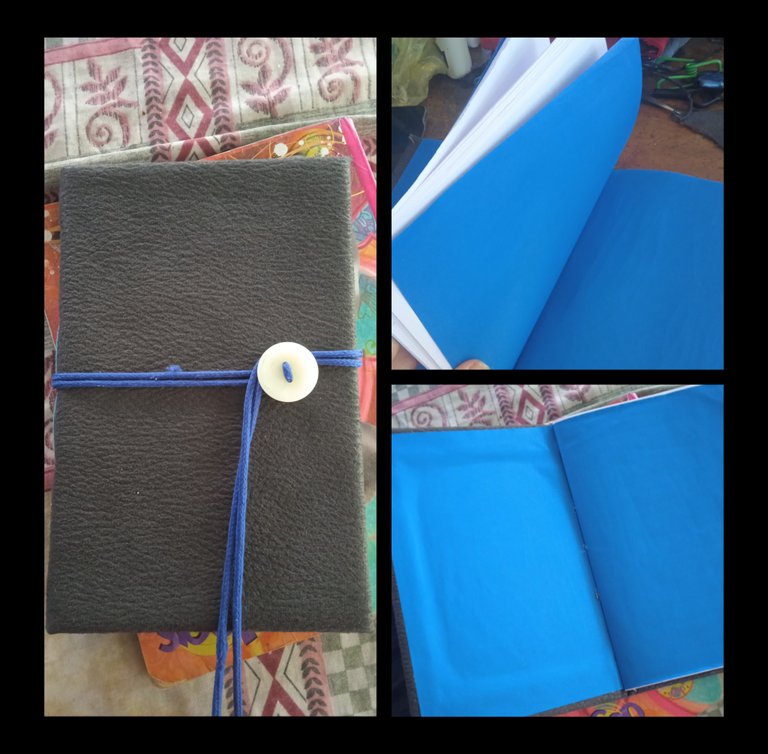
Así fue como me fabriqué mi primer cuaderno, utilizando materiales que ya tenía en casa y otros que me fueron donados. Creo que me representa, pues es resistente y bonito en un estilo sobrio. Y aunque me quedó un poco chueco, representó una experiencia divertida y llena de aprendizaje. Siento que todo el conjunto de actividades de este taller me han hecho mirar el mundo de forma diferente.
Esta publicación no pretende ser un tutorial, solo pretende contar la experiencia que tuve al fabricar mi primer cuaderno, que aunque está un poco torcido, es perfecto porque lo hice sin las herramientas ideales; además aprendí que soy capaz de aprender cosas nuevas y transformar elementos que por sí solos son inútiles o que simplemente ocupan espacio en un cajón.
Espero que disfrutaran de acompañarme en este recorrido y que se animen a fabricar sus cuadernos ideales.

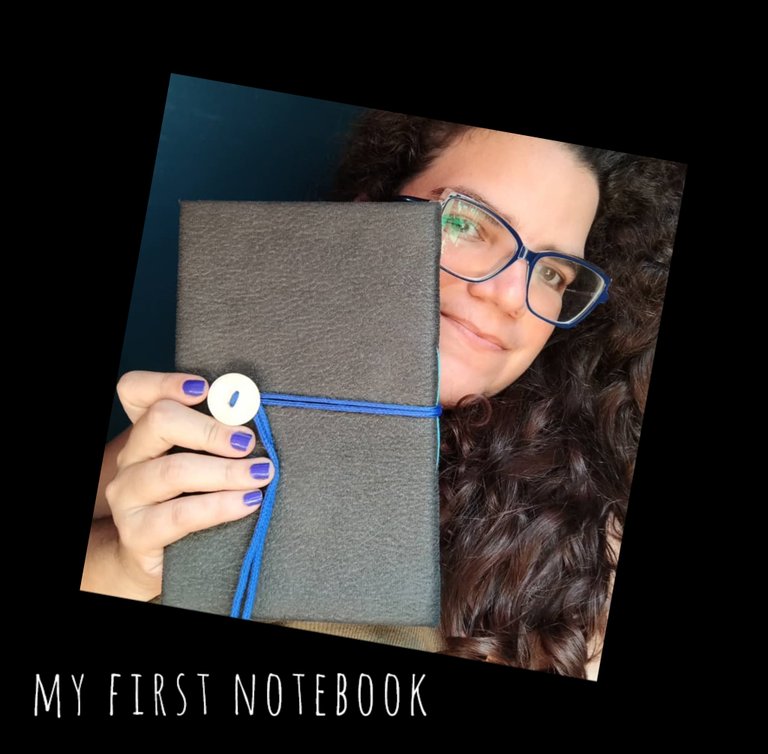
One of the first classes in the Flora Cumanensis literary exploration workshop we were told that we were going to need a field notebook, although after discussing it we came to the conclusion that it would be more informal than a field notebook, but would be useful for record the experience. In any case, to connect us more with this new exploration, it was proposed that everyone prepare their notebook.
After some basic notions and under the mentorship of two wonderful entrepreneurs with experience in bookbinding (and many other things), everyone made their own notebook the best they could.

As you can see in the photos, I took the homework with me, but trying to follow all the recommendations.
The materials? Whatever we had available, since the idea was that each notebook was a unique and creative work.
Cardboard boxes, cardboard, and recycling paper were used for the covers. The idea was to cover it later with some fabric.
In my case, I made the cover by recycling a very strong cardboard cover, from a notebook that my dad had that no longer had any pages left. To cover it, they gave me a piece of semi-leather that I loved.

I made the pages of my notebook by folding new sheets of letter-sized bond paper in half. I found the blue sheet that you see in the photos in a folder in which we had old labels from our soap business. We printed our first labels in that beautiful blue.
I stole some of my mom's crochet thread to sew the booklet, but it was the perfect blue.

I joined all the pieces using quick-drying glue, what they know here in my city as "crazy glue", because the white glue I had was not working very well. I could have also used other types of glue, but I already had that at home.
I sewed the booklet directly to the semi-leather because the material was strong enough; otherwise I would have had to glue it and in that case perhaps another type of binding would have been better.

Being a literary exploration, but also a botanical one, there was the possibility that we would keep some plant samples in the notebook, so it was suggested that the notebooks should have a cord that would allow us to close them tightly and safely.
A braid that was at home and a button that is older than me were the perfect combination. And when I say that it is older than me, I am not exaggerating, because I found it in a sewing box that belonged to my grandmother.

This is how I made my first notebook, using materials that I already had at home and others that were donated to me. I think it represents me, as it is resistant and beautiful in a sober style. And although it was a little sloppy for me, it represented a fun and learning experience. I feel that the entire set of activities in this workshop have made me look at the world differently.
This publication is not intended to be a tutorial, it is only intended to tell the experience I had when making my first notebook, which although it is a little crooked, is perfect because I did it without the ideal tools; I also learned that I am capable of learning new things and transforming elements that by themselves are useless or that simply take up space in a drawer.
I hope you enjoyed accompanying me on this journey and that you are encouraged to make your ideal notebook.
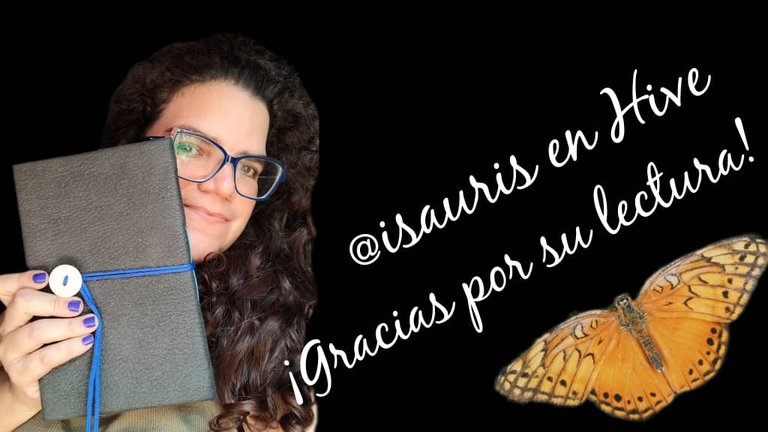
Imágenes de mi autoría tomadas con teléfono Redmi 9A y editadas en las aplicaciones Photo Collage-GridArt y Photostatic Collage.
Traducción al inglés por Google traductor.
Images of my authorship taken with Redmi 9A phone and edited in the Photo Collage-GridArt and Photostatic Collage applications.
English translation by Google translator.







